 I have a special treat today for readers - a break from my incoherent mumblings. Please welcome Kelly Kilpatrick as our guest blogger. Take it away Kelly....
I have a special treat today for readers - a break from my incoherent mumblings. Please welcome Kelly Kilpatrick as our guest blogger. Take it away Kelly....In the current US economy, there has been much talk and discussion about the government bailing out big businesses who failed to practice due diligence in a variety of ways. During the late thirteenth and early fourteenth centuries, King Philip the Fair governed over France yet needed bailouts of his own to keep up with his thirst for war.
Philip the Fair was by all standards an unscrupulous man who would do anything to further his agenda. Fighting with the English and helping with the waning Crusades helped drive Philip’s need for money and Papal help from Pope Clement V. Philip basically told Clement what he wanted, and forced the Pope to work with him in his schemes to gain money by any means necessary.
One of Philip the Fair’s first attempts to secure money for himself and the crown involved arresting Jews in order to seize their assets. Later on, Philip actually levied taxes against French clergy for half of their annual income, which ultimately turned into a diplomatic battle with the papacy, ending in the inability to pass church assets along to the French crown.
One of Philip’s major financiers of wars was the organization known as the Knights Templar. Over the course of many years, Philip found himself greatly indebted to the Knights, so much so that he actually conspired with Pope Clement V to have all Templars in France rounded up and arrested on trumped up charges in order to seize the Order’s sizeable holdings.
On Friday October 13, 1307—a day that is still considered unlucky to this day—Philip’s men arrested as many Templars as they could in one of the largest organized arrests in history. Unfortunately for Philip, the Templars must have caught wind of the plan, because the Templar treasury was empty and has to this day failed to have been located.
Things didn’t end so well for Philip the Fair; he later tried to expel all of the Jews in France because of their lending practices, and then went back on that as well. He died within a year of a curse that was supposedly put on him by the Grand Master of the Knights Templar, who was burned at the stake before being properly tried. Within a decade, his bloodline ended after unsuccessful attempts by his sons to rule France.
By-line:
This post was contributed by Kelly Kilpatrick, who writes on the subject of phd American history. She invites your feedback at kellykilpatrick24 at gmail dot com

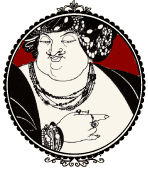

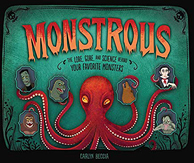

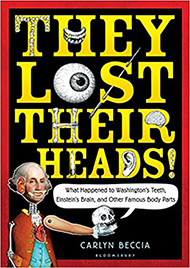


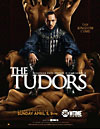

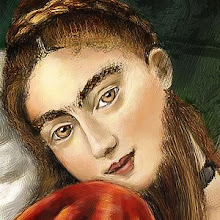

4 comments:
What a dressing down for Philippe le Bel! There was an article last week in one of the leading French magazines that described him as one of the most skilled (if ruthless) rulers France has ever known.
He certainly won handily his struggle against Pope Boniface VIII, and it is thanks to him that the following Holy Fathers were (1) French and (2) settled in Avignon, within convenient distance of the French King's army, who could thus apply some friendly persuasion on any recalcitrant Pope. Philip is also the one who secured from Pope Clement the canonization of his grandfather King Louis IX, thereafter Saint Louis.
As for the Templars, yes, they made the mistake of acquiring a rather large claim against the royal treasury, and they paid dearly for it. Yet the case against them was not entirely bogus. Their initiation rituals were indeed a bit iffy by the standards of the times, as attested by finds in the Vatican's archives.
The curse of Templar Grand Master Jacques de Molay? Sure, it sounds good, but can it be taken any more seriously than King Tut's curse? I am not sure. Life was short, and cheap, then. And Philip's grandson, King Edward III of England, seemed to do very well for a supposedly cursed man.
Catherine, thanks for contributing to Kelly’s post. I had no idea that he was the one that secured Louis IX’s canonization. Aside from the curse part and the dubious practices of the Templars, I know absolutely nothing about Philippe le Bel...but maybe if Kelly pops her head in then she can talk a bit more what he accomplished too. Either way, thanks for offering some balance to the discussion.
You are welcome, Carlyn. There is still much more to say about this complex character and the crucial part he played in French and European history.
As for Philippe's looks, we still have his "gisant" in Saint-Denis, north of Paris. The painting here, though not contemporary, was clearly inspired by it. He was indeed handsome.
And for a fictional account of the latter part of his reign and those of his three sons, I highly recommend "The Accursed Kings" by Maurice Druon. Great historical fiction. The Templars' curse is in there, of course (too good to pass up, I guess.)
Finally it should be noted that Philippe is the direct ancestor of the subsequent Plantagenet Kings of England, beginning with his grandson Edward III. So his bloodline was alive and well centuries after his death.
Hi, just dropping by to let you know that I've given you a "Great Buddy" award;-)
Lucy
Post a Comment